Topos is a must-have for successful landscape architects, planners, urban designers and architects all over the world.The monothematic issues provide a global overview of innovative projects, new developments and trends in the profession. Be part of the worldwide community of Topos readers!
Editor’s Note
Beyond Glitter
Sigrid Ehrmann Environmental Planner & Landscape Architect
Dan McCoubrey and Seth Cohen, VSBA
Denise Scott Brown
New Jersey • At 1.2 people per square mile, New Jersey has one of the highest population densities of the United States, comparable to the Netherlands. It is called the Garden State, although its green agricultural heart is just one side of the coin. New Jersey is a polycentric urbanized region, too and the poster child of suburban sprawl: a continuous carpet of suburban homes, malls, office parks and distribution centers; all knit together by a dense highway network and the occasional open space.
On the need for a future-proof fire culture in the wildfire-shaken state of California • Is it possible or even reasonable to deliberate on architecture without paying attention to the surroundings, to the space architecture is embedded in? Klaus Theo Brenner, German architect, would definitely deny this notion. He sees himself in the tradition of the Italian architect and designer Vittorio Gregotti, and therefore, when talking about architecture always includes urban space. For him, architecture is always connected to the urban realm and interrelated with the urbanites. In his recent book “City Life Collage” Brenner focuses on the complexity, vibrance and diversity of city life by use of collages that he created between 1990 and 2019. He creates highly aesthetic, colorful, sometimes nostalgic, sometimes alienated, even mutated images that tell stories about the cities we currently inhabit and about the cities’ past, always shimmering through. Just as cities are constituted by different layers, transforming the urban realm’s structure and surface over time, Brenner builds layer upon layer to create a plethora of palimpsests to give the beholder of the collages an idea of both the mutability and consistency of urban space.
Unmute the sound of mutation – climate change and its limits • What kind of planning scenarios maintain relevance in the future – a future possibly mutated by climate change. There seems to be common agreement that climate change represents a major challenge for the built environment, and society at large. The term, however, has also become a buzzword, with all comprehension issues that this entails. Eric Firley, associate professor at the University of Miami School of Architecture, undertakes a reading of the phenomenon that merges three different realms: the very practical one as currently experienced in his adopted hometown of Miami, the professional repercussions as discussed in his recently published book Designing Change – Professional Mutations in Urban Design 1980–2020, and the educational realm that by definition integrates theoretical reflections on the occupational profile of future practitioners.
A Breath of Fresh Air • When it comes to air pollution, cities are fighting a permanent pandemic. In light of the magnitude of the problem, Barcelona architect and curator Olga Subirós recognised the urgency of addressing the climate crisis and public health emergency from an urbanistic point of view. Using Barcelona as a case study, the project Air/Aria/Aire analyses data sets to showcase the impact of air pollution from the urban scale down to the street level. An exhibition about Air/Aria/Aire, curated by Olga Subirós, will be presented at the International Architecture Exhibition 2021 in Venice, exploring the notion of air as a common good that is vital to people’s health and striving to respond to the Biennale’s theme of ‘How will we live together?’ – an even more...
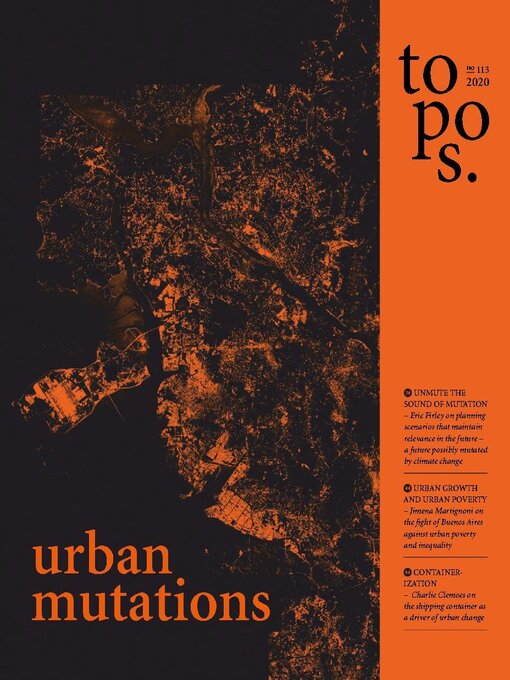
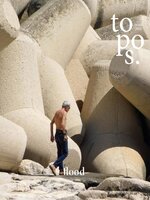 N. 130
N. 130
 N. 129
N. 129
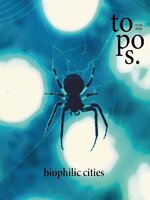 N. 128
N. 128
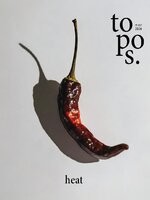 N. 127
N. 127
 N. 126
N. 126
 N. 125
N. 125
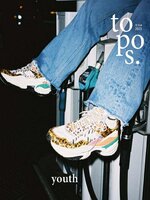 N. 124
N. 124
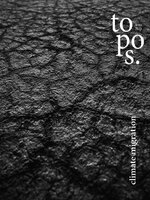 N. 123
N. 123
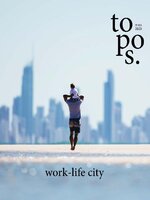 N. 122
N. 122
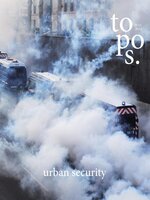 N. 121
N. 121
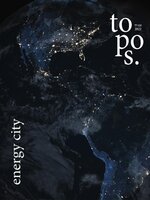 N. 120
N. 120
 N. 119
N. 119
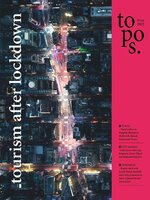 N. 118
N. 118
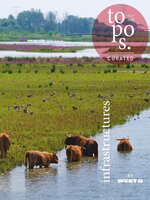 N. 117
N. 117